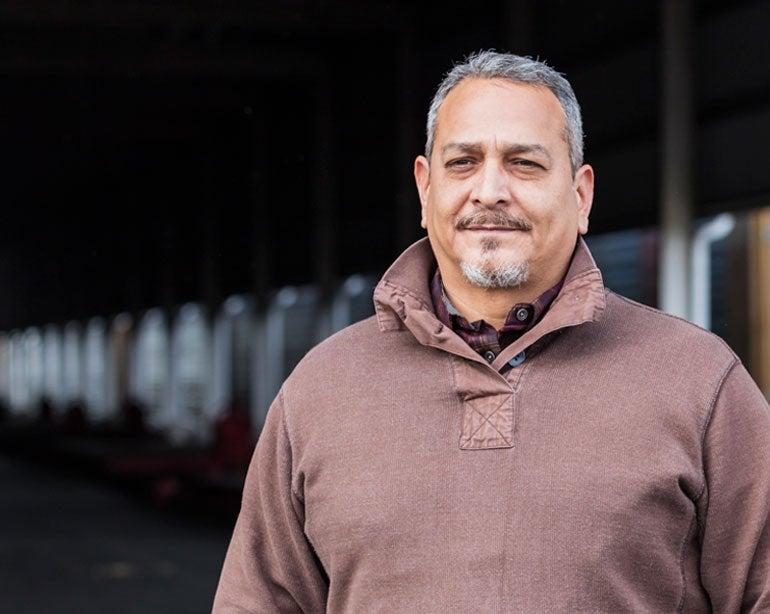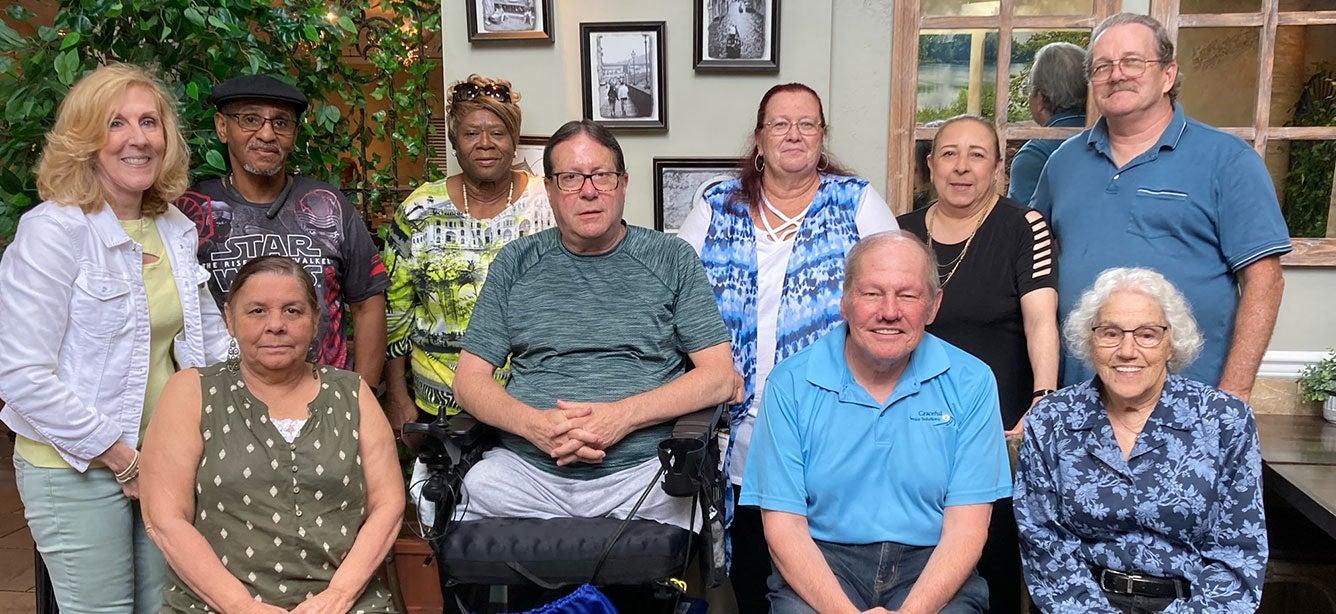Senior Community Service Employment Program (SCSEP)

Master More Tech Fundamentals
Find more online courses to gain confidence and improve your tech skills through AT&T Connected Learning℠.
Get Help Landing the Job You Love
Searching for a new job? Or returning to work after a break? Get tips on how to succeed in your career and make a plan to get there.









